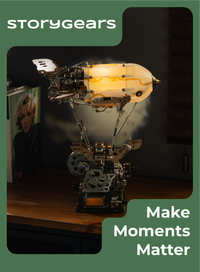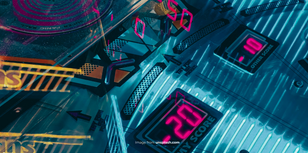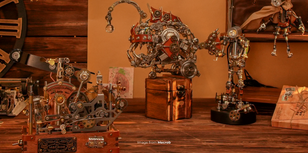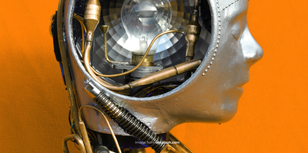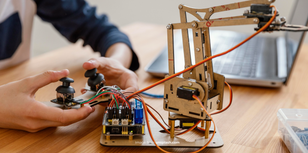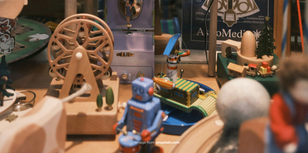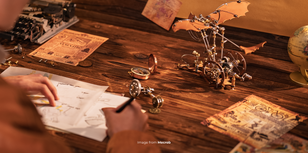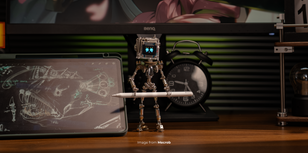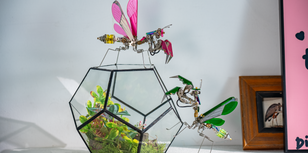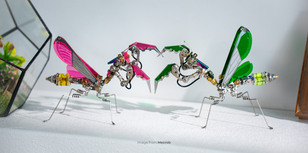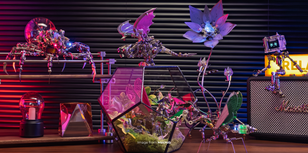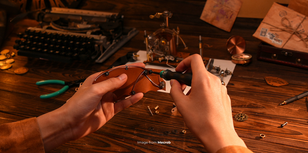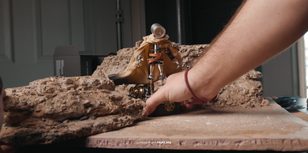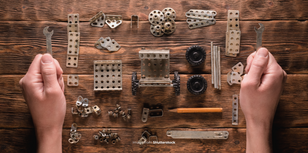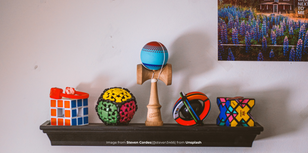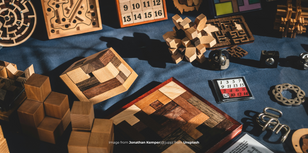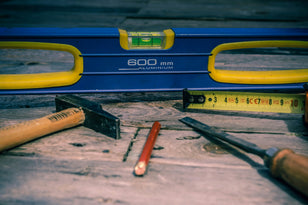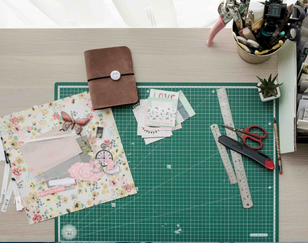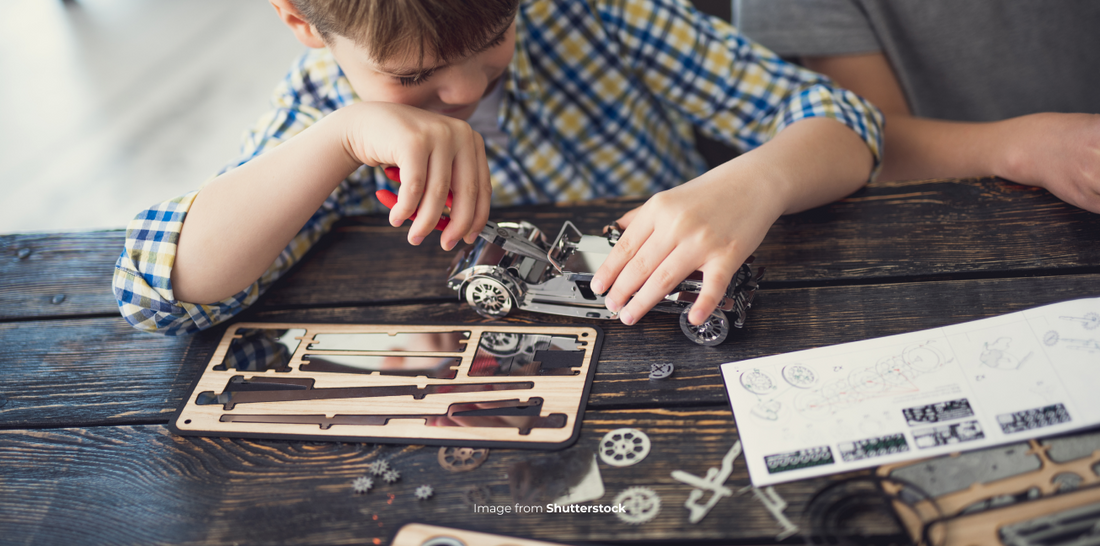
How 3D Metal Puzzles Teach Patience and Problem-Solving to Kids
In a world filled with fast-paced digital entertainment, finding activities that teach patience and problem-solving is crucial for kids. 3D metal puzzles for kids are a fantastic way to encourage these skills while keeping children engaged and entertained. Let’s dive into how these skill-building puzzles for children promote growth and creativity.
1. Why Choose 3D Metal Puzzles for Kids?
Unlike traditional puzzles, 3D metal puzzles offer an added layer of complexity. Their three-dimensional designs encourage kids to think outside the box and focus on assembling intricate models like vehicles, animals, or famous landmarks.
Benefits of 3D Metal Puzzles:
- Develop fine motor skills.
- Improve hand-eye coordination.
- Introduce STEM concepts through creative problem-solving.

2. Teaching Patience Through Puzzles
Building a DIY metal puzzle requires careful planning and steady hands. Unlike video games or quick activities, these puzzles challenge kids to slow down and focus on small details. Over time, this helps:
- Strengthen concentration.
- Reduce frustration through gradual learning.
- Foster perseverance to see tasks through to completion.
Parents often find that kids naturally become more patient when working on these puzzles regularly.
3. Problem-Solving Skills for Lifelong Learning
Every problem-solving puzzle for children encourages critical thinking. Kids need to analyze how pieces fit together, follow instructions, and adapt if something goes wrong. These skills translate into real-world abilities like:
- Logical reasoning.
- Spatial awareness.
- Creative thinking to overcome challenges.
4. Affordable DIY Metal Puzzles for Kids
Parents might assume that 3D metal puzzles are expensive, but many options are affordable and provide hours of entertainment.
Popular Affordable Options:
Check online stores or local hobby shops for budget-friendly kits!

5. A Perfect Blend of Fun and Learning
3D metal puzzles seamlessly combine fun and learning. Kids don’t just assemble pieces—they create models they can proudly display. The sense of accomplishment boosts confidence and encourages them to tackle even bigger challenges.
FAQs
Q1: What age is suitable for 3D metal puzzles?
Most puzzles are ideal for children 8+ due to small parts and complexity. Younger kids can join with adult supervision.
Q2: Are these puzzles safe for kids?
Yes, when used as instructed. Choose age-appropriate models and supervise younger children with small tools.
Q3: Do 3D metal puzzles require special tools?
Basic kits include tools like tweezers, but some models may need additional pliers for intricate work.
Q4: How long do they take to complete?
It depends on the puzzle's complexity. Some take 1–2 hours, while advanced models may take several days.
Q5: Are there beginner-friendly 3D metal puzzles for kids?
Yes, start with simpler designs featuring fewer parts and larger pieces.

